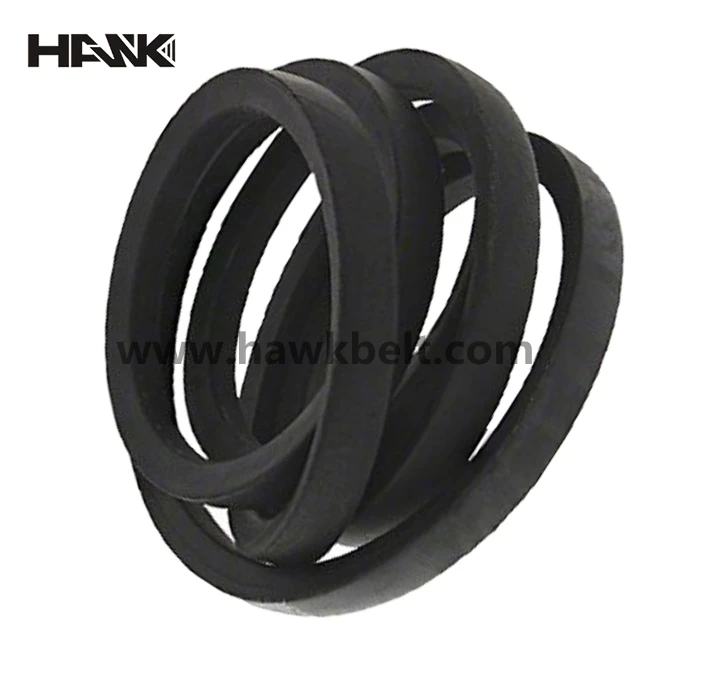- Arabic
- French
- Russian
- Spanish
- Portuguese
- Turkish
- Armenian
- English
- Albanian
- Amharic
- Azerbaijani
- Basque
- Belarusian
- Bengali
- Bosnian
- Bulgarian
- Catalan
- Cebuano
- Corsican
- Croatian
- Czech
- Danish
- Dutch
- Afrikaans
- Esperanto
- Estonian
- Finnish
- Frisian
- Galician
- Georgian
- German
- Greek
- Gujarati
- Haitian Creole
- hausa
- hawaiian
- Hebrew
- Hindi
- Miao
- Hungarian
- Icelandic
- igbo
- Indonesian
- irish
- Italian
- Japanese
- Javanese
- Kannada
- kazakh
- Khmer
- Rwandese
- Korean
- Kurdish
- Kyrgyz
- Lao
- Latin
- Latvian
- Lithuanian
- Luxembourgish
- Macedonian
- Malgashi
- Malay
- Malayalam
- Maltese
- Maori
- Marathi
- Mongolian
- Myanmar
- Nepali
- Norwegian
- Norwegian
- Occitan
- Pashto
- Persian
- Polish
- Punjabi
- Romanian
- Samoan
- Scottish Gaelic
- Serbian
- Sesotho
- Shona
- Sindhi
- Sinhala
- Slovak
- Slovenian
- Somali
- Sundanese
- Swahili
- Swedish
- Tagalog
- Tajik
- Tamil
- Tatar
- Telugu
- Thai
- Turkmen
- Ukrainian
- Urdu
- Uighur
- Uzbek
- Vietnamese
- Welsh
- Bantu
- Yiddish
- Yoruba
- Zulu
nov . 09, 2024 06:59 Back to list
Different Types of Timing Belts and Their Applications in Automotive Engineering
Understanding Timing Belt Types A Comprehensive Guide
Timing belts play a crucial role in the functioning of an engine by synchronizing the rotation of the crankshaft and camshaft. This synchronization is essential for the proper timing of the engine’s valves, ensuring that they open and close at the correct intervals during the engine cycle. Given their importance, understanding the different types of timing belts available can help vehicle owners and mechanics choose the right one for their needs.
Types of Timing Belts
1. Standard Rubber Timing Belts The most common type of timing belt is made from rubber and reinforced with fiberglass or steel. These belts are durable and can withstand the high-tension requirements of an engine. However, they can wear down over time due to exposure to heat, oil, and other environmental factors. Regular inspections are crucial for assessing their condition.
2. High-Performance Timing Belts For high-performance vehicles, manufacturers often use specialized timing belts that can handle greater stress and temperatures. These belts may be made from advanced materials such as neoprene or other synthetic compounds designed to resist wear and tear. High-performance timing belts are engineered for increased durability and improved performance, making them ideal for sports cars and racing applications.
3. Toothed vs. Untoothed Timing Belts Timing belts typically come with teeth (toothed belts) to enhance grip and prevent slippage. This design ensures that the belt stays aligned with the gears and maintains the correct timing. However, untapped belts are available and may be utilized in some applications where slippage is not a concern, although they are less common in automotive use.
4. Polyurethane Timing Belts Polyurethane timing belts are another variant available on the market. These belts are known for their resistance to abrasion, oil, and temperature fluctuations. While they may be more expensive, they often provide a longer lifespan and greater reliability, making them suitable for demanding applications.
5. Metal-reinforced Timing Belts Some applications require metal-reinforced timing belts, which combine traditional rubber or synthetic materials with metal components for added strength and durability. These belts can withstand significant tension and are often used in industrial machinery and heavy-duty vehicles where traditional rubber belts may fail under extreme conditions.
timing belt types

Factors to Consider When Choosing a Timing Belt
When selecting a timing belt, several factors come into play that can influence the choice
- Vehicle Type and Engine Specifications Different engines have different requirements for timing belts, so it is essential to consult the manufacturer’s specifications to choose an appropriate belt that can handle the engine’s power and torque.
- Driving Conditions For vehicles that operate in extreme conditions (e.g., heavy towing, frequent stop-and-go driving, or racing), a high-performance or metal-reinforced timing belt may be a better choice.
- Maintenance Schedule Timing belts are often part of a vehicle's maintenance schedule. Regular inspections and timely replacements can prevent major engine damage. Knowing the recommended replacement interval helps in choosing the right belt.
- Cost vs. Longevity While high-performance belts may have a higher upfront cost, their longevity and resilience can save money in the long run by reducing the frequency of replacements and repairs.
Conclusion
Timing belts are more than just components in an engine; they are the cornerstone of engine performance and reliability. Understanding the various types available—ranging from standard rubber belts to high-performance variants—allows vehicle owners and mechanics to make informed decisions about maintenance and upgrades. Ensuring the right timing belt is installed not only keeps the engine running smoothly but also extends its lifespan, ultimately leading to a more efficient and enjoyable driving experience. Regular inspections and adherence to manufacturer guidelines will ensure that the timing belt remains in excellent condition, safeguarding the engine's complex mechanics for years to come.
-
Upgrade Power Steering Pump Belt for Smooth, Quiet Operation
NewsAug.27,2025
-
Precision Timing Belt & Chain: Engine Performance & Durability
NewsAug.26,2025
-
Precision Lathe Drive Belts: Durable & Reliable Performance
NewsAug.25,2025
-
84.5 Serpentine Belt: Durable & Precision Fit for Your Engine
NewsAug.24,2025
-
Premium Ribbed Drive Belts for Quiet Power Transmission
NewsAug.23,2025
-
High-Performance Vehicle Timing Belt for Engine Precision
NewsAug.22,2025

